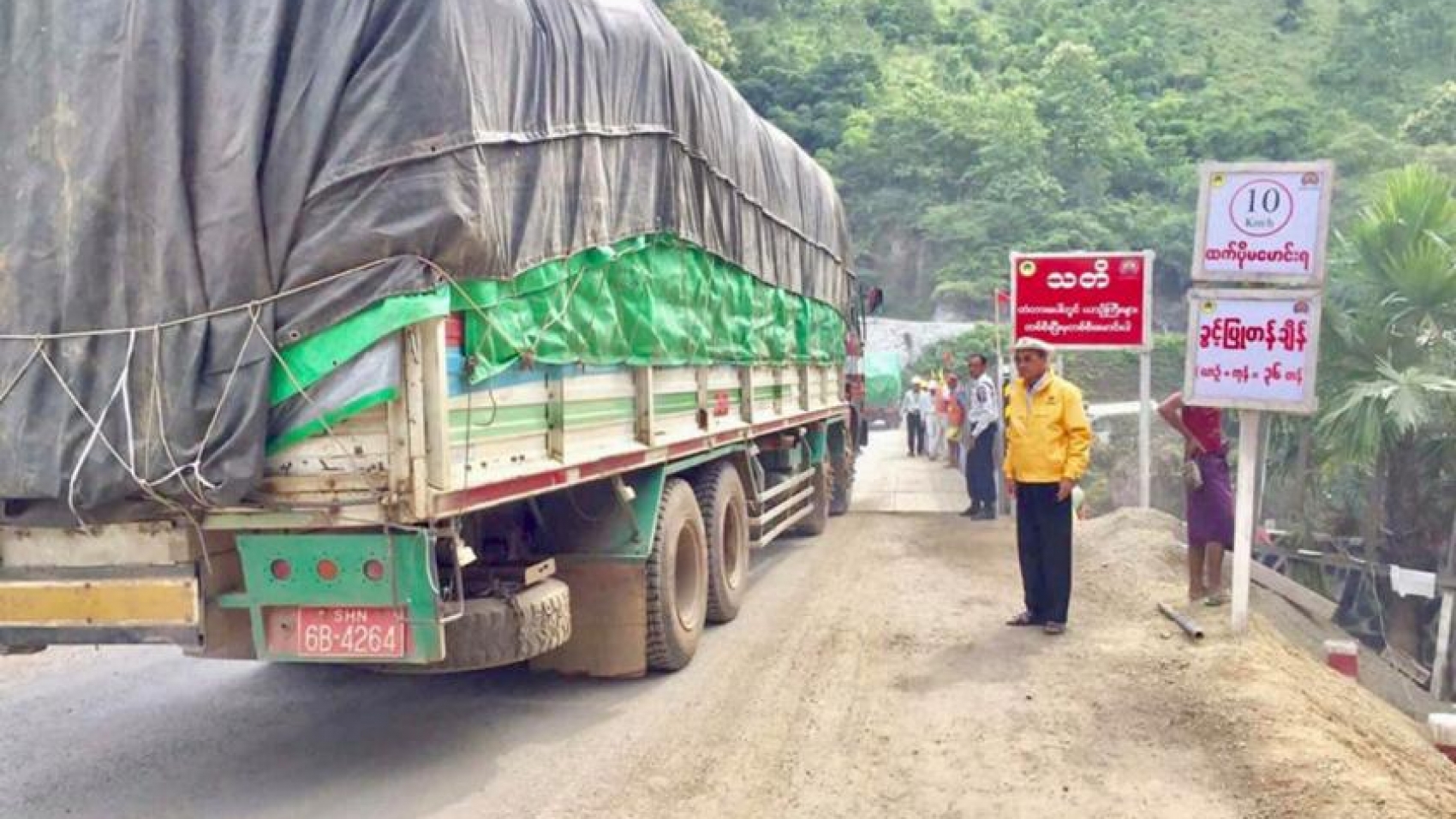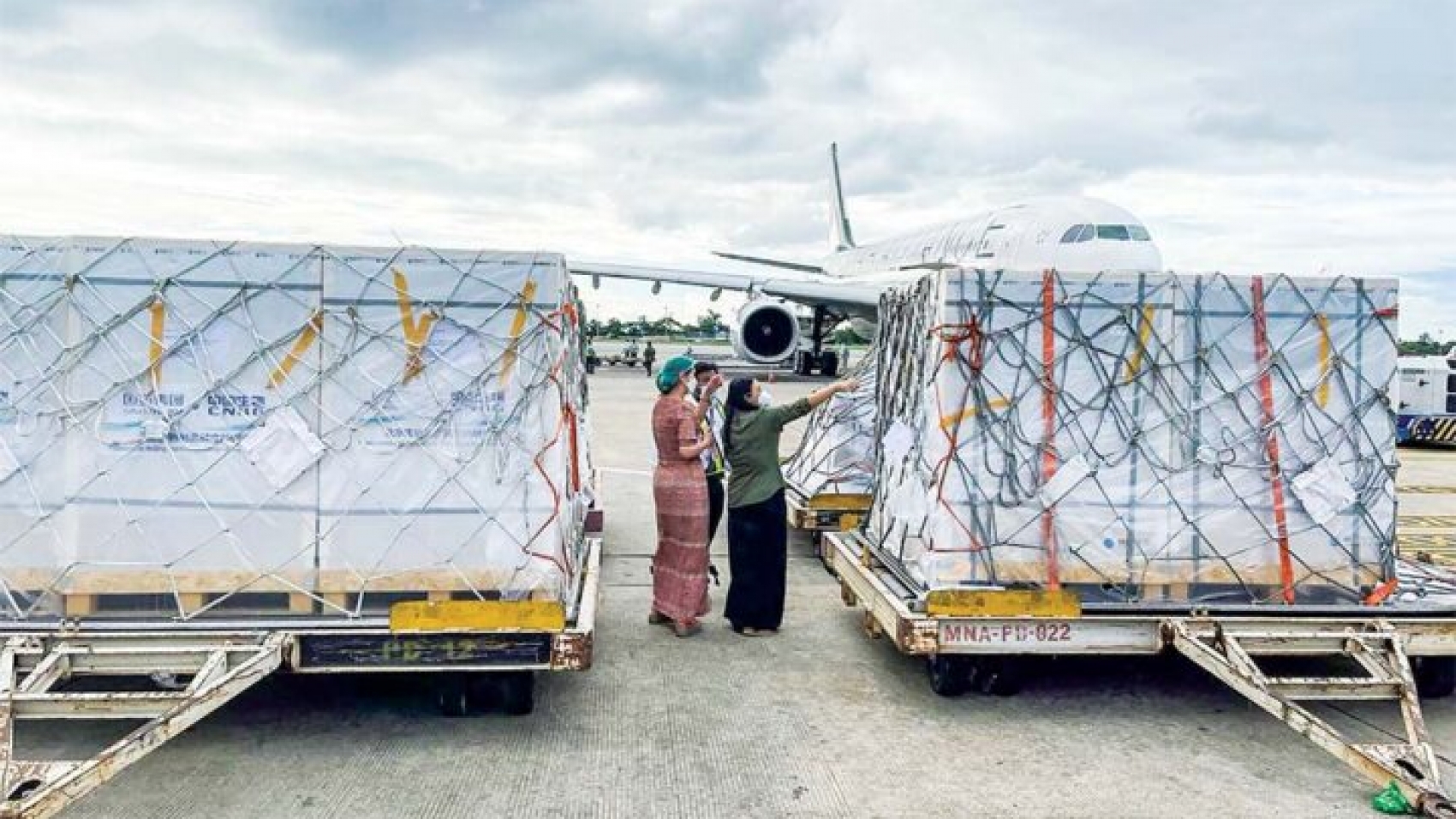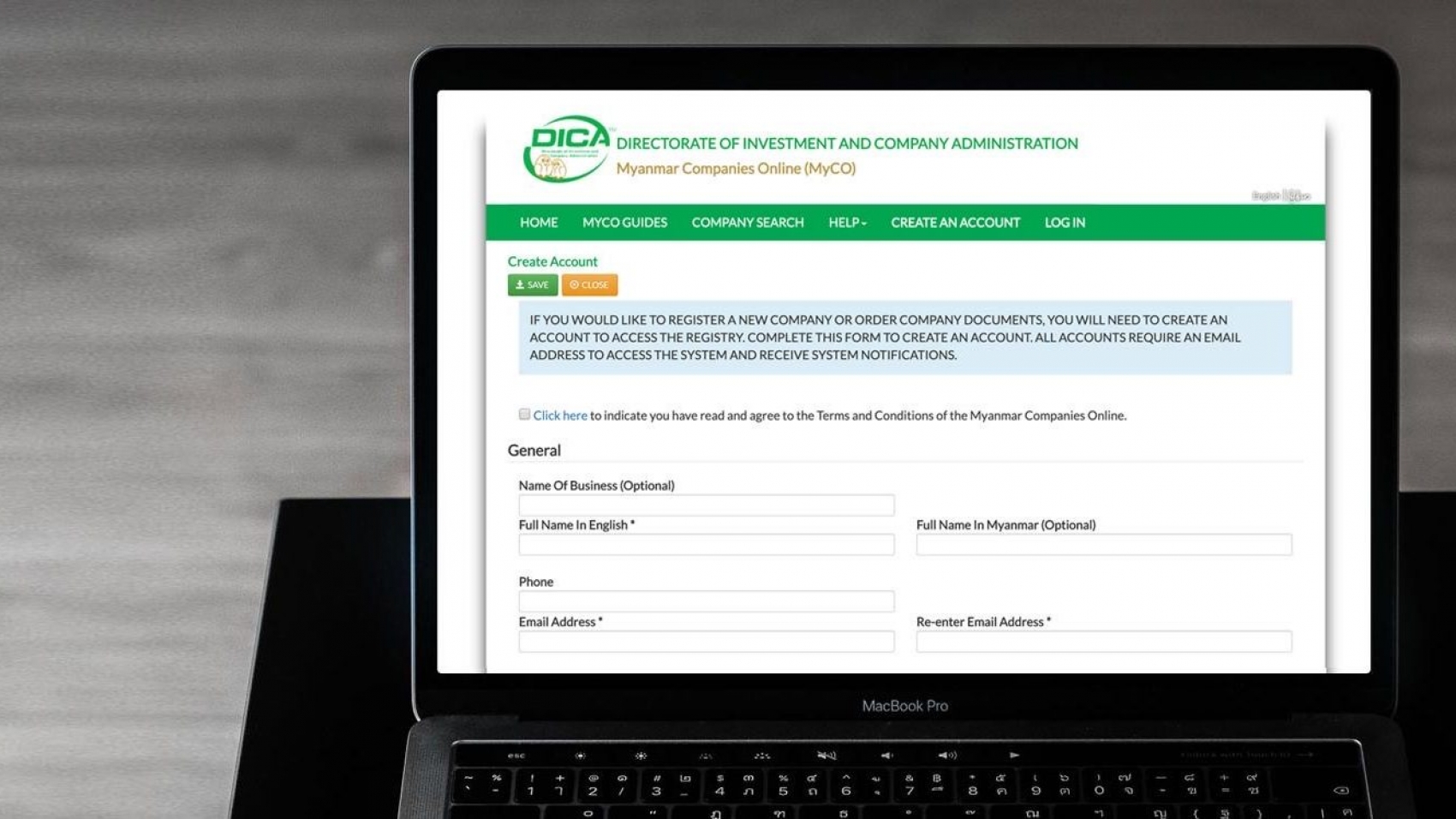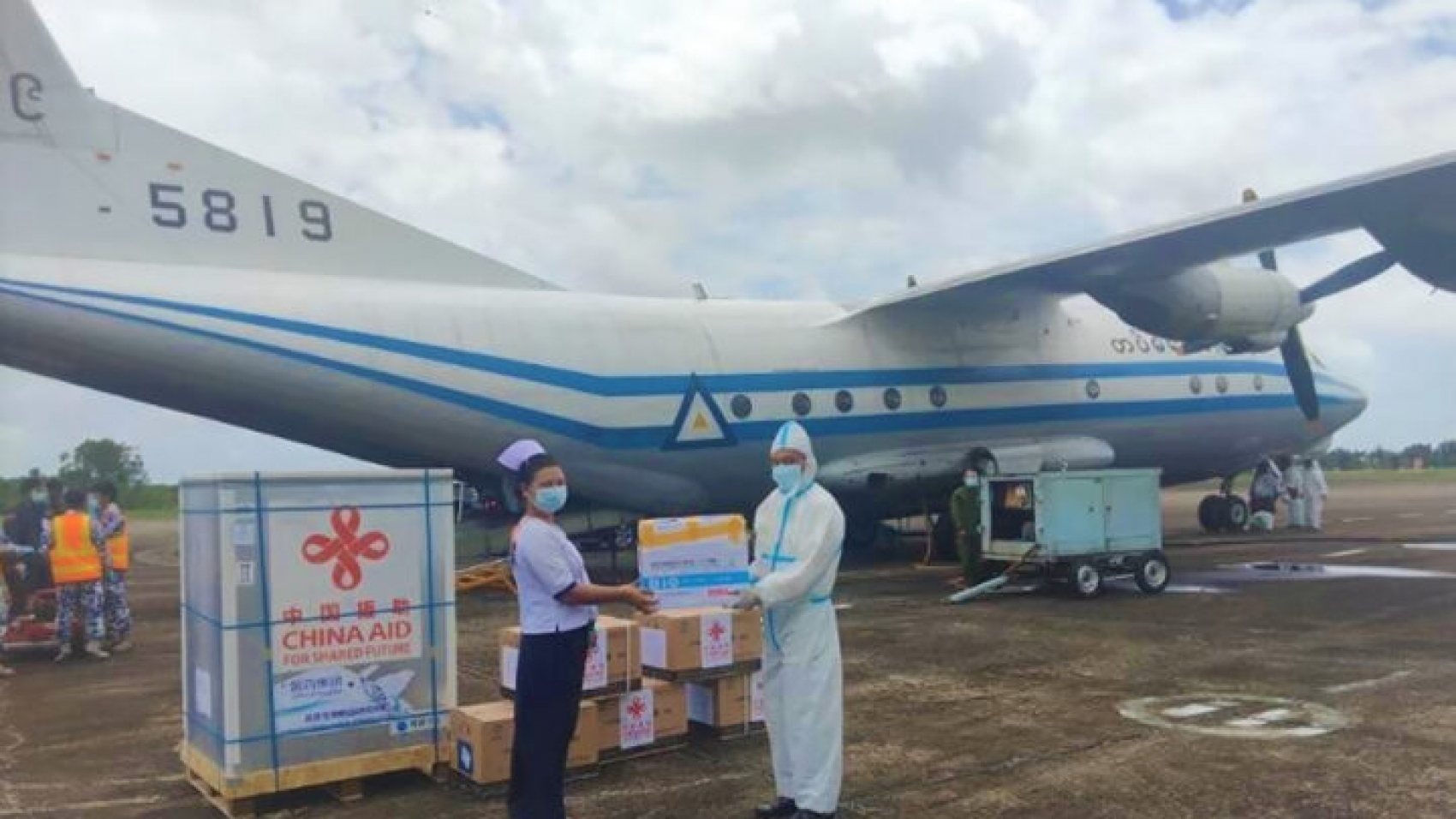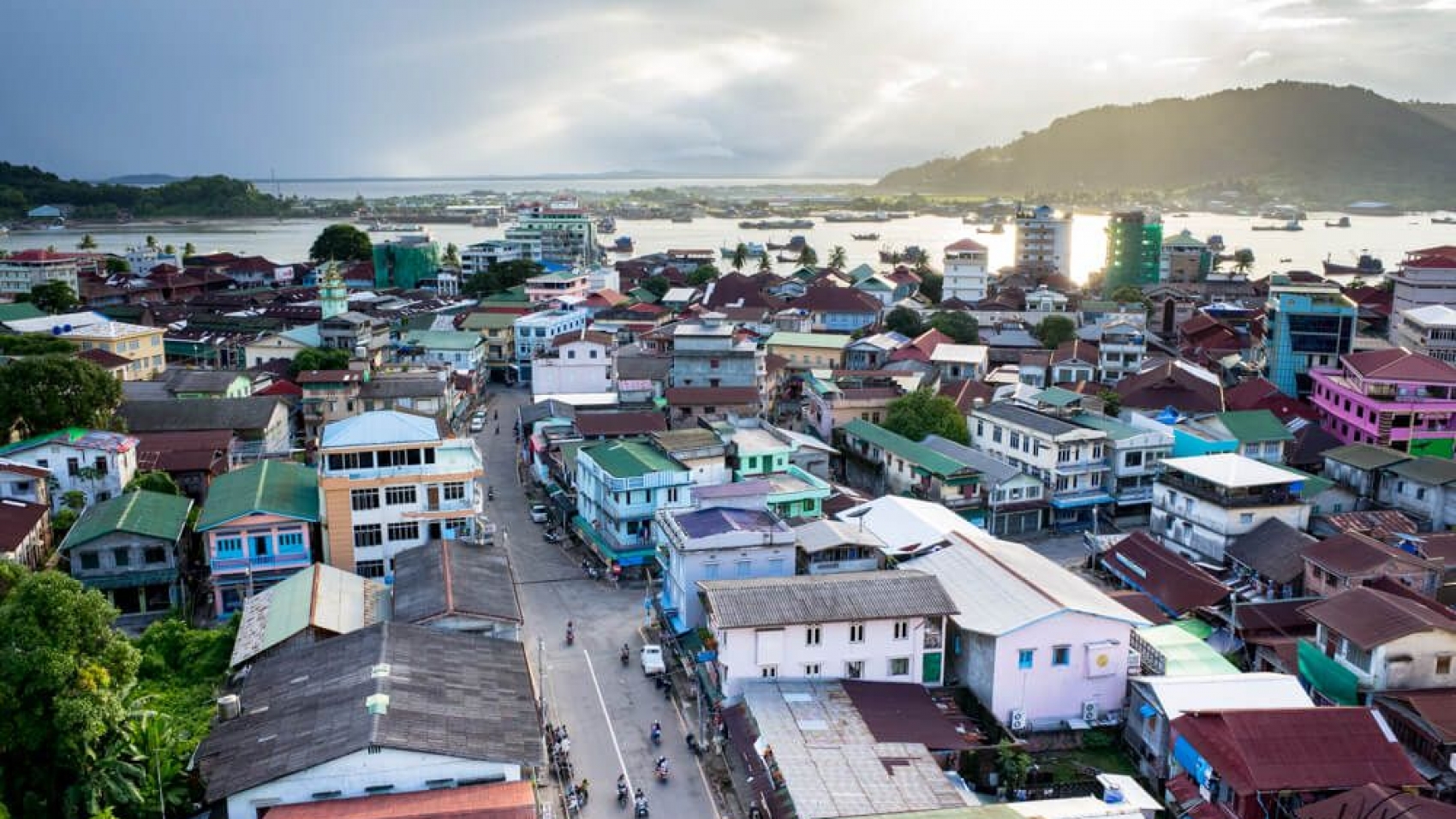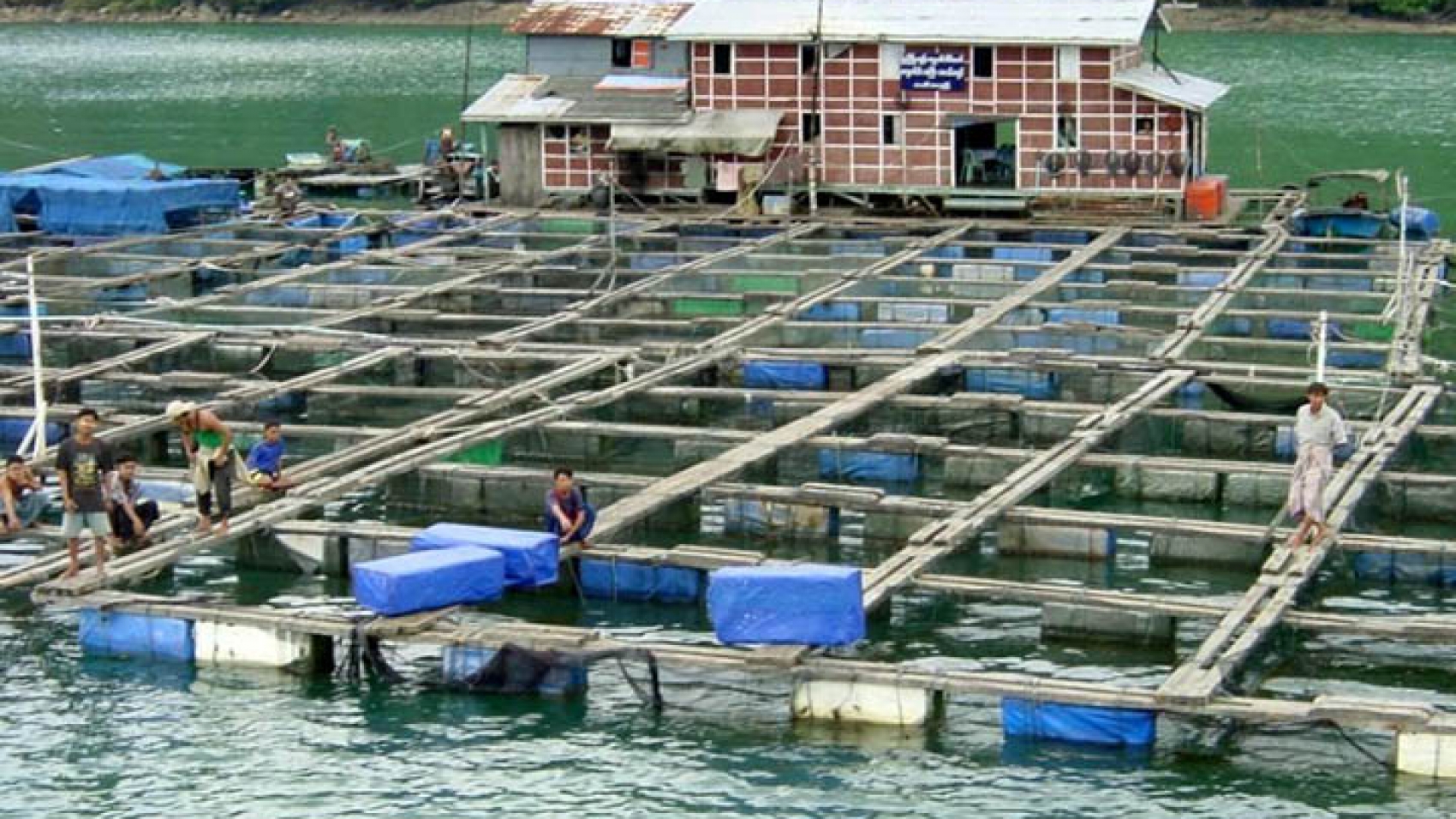Yangon Region Gold Entrepreneurs Association (YGEA) urged its members to regulate trade in order to deal with market volatility. Last 28 August, YGEA made five decisions, including the strategic trade control, at the monthly meeting. At present, along with the Kyat depreciation and the gold price gain in the international market, the precious pure gold metal stands at K1,688,000 per tical (0.578 ounce, or 0.016 kilogramme). The global gold price stood at only US$1,815 per ounce at present, while the US dollar exchange rate is worth above K1,700. Despite the domestic gold price staying in the upward trend, the market is pretty sluggish, according to the YGEA.
Earlier, about 50 viss (a viss equals 1.6 kg) were daily traded. At present, the market sees sales of only 5-10 viss. On 12 May, the gold hit an all-time high of K1,709,000 per tical in history. In January 2021, the gold price was ranged between the minimum of K1,316,000 per tical (28 January) and the maximum of K1,336,000 per tical (6 January). It reached an all-time high of K1,410,000 per tical on 3 February and hit the minimum of K1,340,000 per tical on 2 February. In March, the rate fluctuated between the highest of K1,391,000 (25 March) and the lowest of K1,302,000 (4 March).
The price was registered the highest of K1,455,000 (30 April) and the lowest of K1,389,000 (1 April). The price reached an all-time highest of K1,709,000 (12 May) and the lowest of K1,447,000 in May. The price moved in the maximum of K1,575,500 (11 June) and the minimum of K1,543,000 (19 June). Last month, it fluctuated between K1,562,300 (26 Jul) and K1,587,000 (K1,587,000), the gold traders said. According to gold traders, the local gold reached the lowest level of K1,310,500 (2 September) and the highest level of K1,314,000 (1 September).
In October, the rate ranged between K1,307,800 (30 October) and K1,316,500 (21 October). The rate fluctuated between the highest of K1,317,000 (9 November) and the lowest of K1,270,000 (30 November). In December, the pure yellow metal priced moved in the range of 1,280,000 (1 December) and 1,332,000 (28 December). With global gold prices on the uptick, the domestic price hit fresh highs in 2019, reaching K1,000,000 per tical between 17 January and 21 February, crossing K1,100,000 (22 June to 5 August), climbing to over 1,200,000 (7 August-4 September), and then reaching a record high of K1,300,000 on 5 September 2019.
Source: The Global New Light of Myanmar

